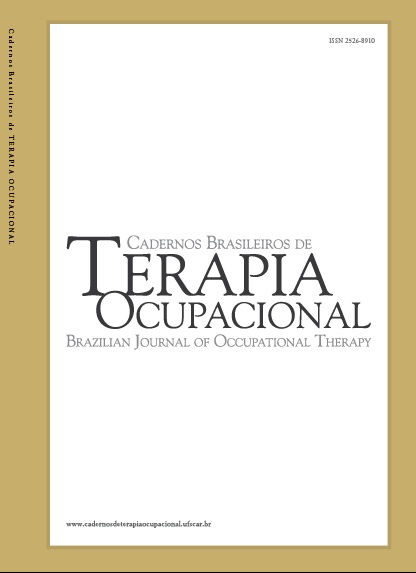Risk identification for Autism Spectrum Disorder in preschool children: design and validation of a screening instrument
DOI:
https://doi.org/10.1590/2526-8910.ctoAO398838751Keywords:
Autism Spectrum Disorder, Child, Preschool, Validation StudyAbstract
Introduction: Autism Spectrum Disorder (ASD), which has a multifactorial etiology, is primarily diagnosed through clinical evaluation. It is well established that early identification significantly contributes to a more favorable prognosis. The educational environment is conducive to screening for signs of ASD in preschool children; however, there is a lack of specific instruments designed for this purpose. Objective: To examine the content validity evidence of an instrument aimed at identifying signs indicative of ASD in the educational context. Method: The development of the instrument followed the guidelines of the Standards for Educational and Psychological Testing (American Educational Research Association, 2014) and of Pasquali (1998). The process involved three stages: (1) item development and submission to a panel of 15 experts in ASD, consisting of 10 occupational therapists and five speech-language pathologists; (2) assessment of item clarity by 10 preschool teachers; and (3) analysis of the revised version by two experts and six preschool teachers. Results: The literature review supported the development of the initial version of the instrument. In the expert panel analysis, the Content Validity Index (CVI and CVI-I) indicated high agreement among the specialists, although adjustments were necessary, resulting in a second version. The evaluation by preschool teachers revealed the need for further modifications to some items, which led to the development of a third version. Finally, the analysis of the third version by two experts and the group of teachers indicated additional revisions, resulting in the fourth version of the instrument. Conclusion: The instrument developed demonstrated evidence of content validity, and it is recommended that the next stages of validation be pursued.
Downloads
Published
How to Cite
Issue
Section
License
Copyright (c) 2025 The Authors

This work is licensed under a Creative Commons Attribution 4.0 International License.


